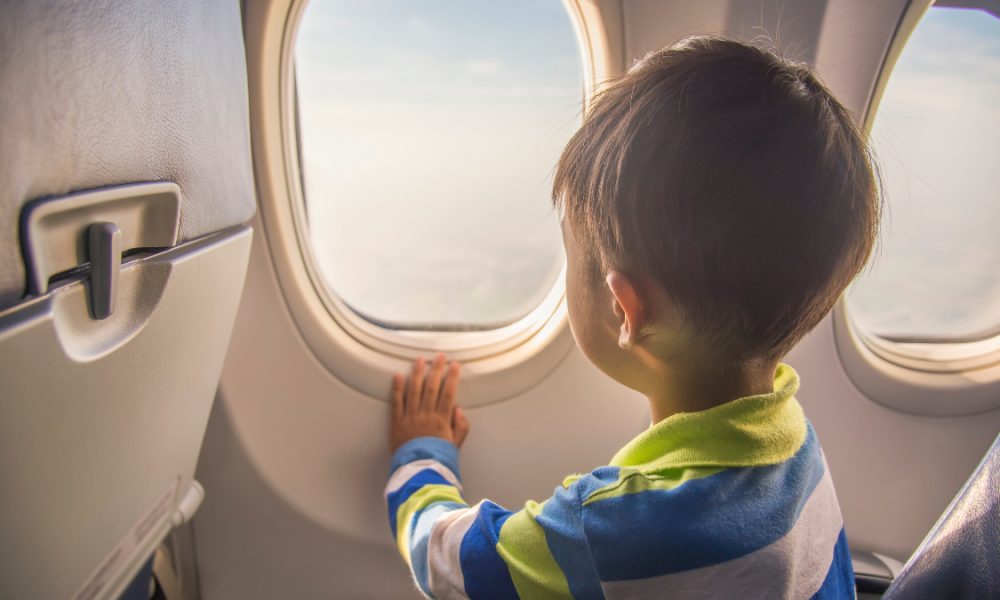Planning a family vacation can be overwhelming, but a little bit of preparation can make it an enjoyable experience. Travelling with children requires a lot of planning and preparation, but the benefits of seeing the world with your family are worth it. Here are a few essential tips to help you plan a stress-free trip when travelling with children.
Preparation Before the Trip
1. Choosing the Right Airline
Choosing the right airline is crucial when travelling with children as not all airlines offer family-friendly policies and services. Some airlines like Southwest Airlines Booking Flights have prioritized catering to families with children. They offer a range of services to make travelling with children more comfortable and stress-free.
When researching airlines, look for policies that cater to families, such as priority boarding, allowing families to board the plane first, giving them extra time to get settled in and prepare for the flight. Many airlines also offer free checked luggage for children, which can save you money on baggage fees. Also, look for the cancellation and flight change policy of the airlines before making a decision, like American Airlines flight changes policy allow the passengers to change their flight in emergency or change in plan.
In addition to policies, consider the in-flight services offered by the airline. Many airlines provide in-flight entertainment for children, such as kid-friendly movies, TV shows, and games. Some airlines offer child-sized headphones, which are more comfortable for children to wear and can help protect their hearing.
When selecting an airline, also consider the seating options available. Some airlines offer bulkhead seats or seats with extra legroom that can provide more space for children to play or sleep. If you have young children, consider booking seats near the bathroom, which can make it easier to take them to the restroom during the flight.
2. Booking the Right Seats
When booking your seats, choose the ones that will be most comfortable for your family. For families with young children, bulkhead seats or seats with extra legroom can offer more space for children to play or sleep.
3. Packing Essentials
When packing for your trip, ensure to pack a carry-on bag with essentials like diapers, wipes, and extra clothes. Also, pack a separate bag for checked luggage with clothes and toys for the duration of the trip. Make sure to pack enough for the flight and a few extra days, just in case of unexpected delays.
4. Documents
Make sure to have all necessary documents, such as passports, visas, and travel insurance, organized and easily accessible. Keep all important documents in a waterproof pouch and keep them in your carry-on bag for easy access.
During the Flight
1. Entertainment
Keeping children entertained during a flight is essential to avoid boredom and reduce stress. Bring books, games, and tablets loaded with kid-friendly apps or movies to keep children occupied during the flight.
2. Snacks
Pack plenty of snacks to keep children fed during the flight. Choose snacks that are easy to eat and not too messy. Avoid sugary snacks that may make children hyperactive or upset their stomach.
3. Sleep and Rest
Encourage children to sleep and rest during the flight by bringing pillows, blankets, and comfortable clothing. A neck pillow can provide additional support for children who tend to fall asleep during flights.
4. Bathroom Breaks
Make sure to take frequent bathroom breaks during the flight, especially for younger children who may need help using the bathroom. Check the flight schedule and plan bathroom breaks accordingly to avoid long queues.
Arrival at Destination:
1. Take it Slow
When you arrive at your destination, take it slow. Allow children to adjust to the new surroundings and time zone by taking it easy for the first few days. Plan some low-key activities to help children settle in and relax.
2. Adjusting to New Time Zone
To help children adjust to a new time zone, expose them to natural light and keep them active during the day. Establish a regular sleep schedule and avoid napping during the day to help them adjust to the new time zone quickly.
3. Dealing with Jetlag
If you or your children experience jetlag, quickly adapt to the new time zone by staying hydrated, eating healthy meals, and avoiding caffeine and alcohol. Encourage children to exercise and spend time outside in natural light during the day, which can help regulate their sleep-wake cycle and reduce the effects of jetlag.
Conclusion:
Traveling with children can be stressful, but with proper planning & preparation, it can be a memorable and enjoyable experience. Choose the right airline, pack essential items, and plan activities that cater to your children’s needs. Remember to take it slow and allow children to gradually adjust to the new surroundings and time zone. By following these tips, you can have a stress-free trip with your family, full of cherished memories that will last a lifetime.




